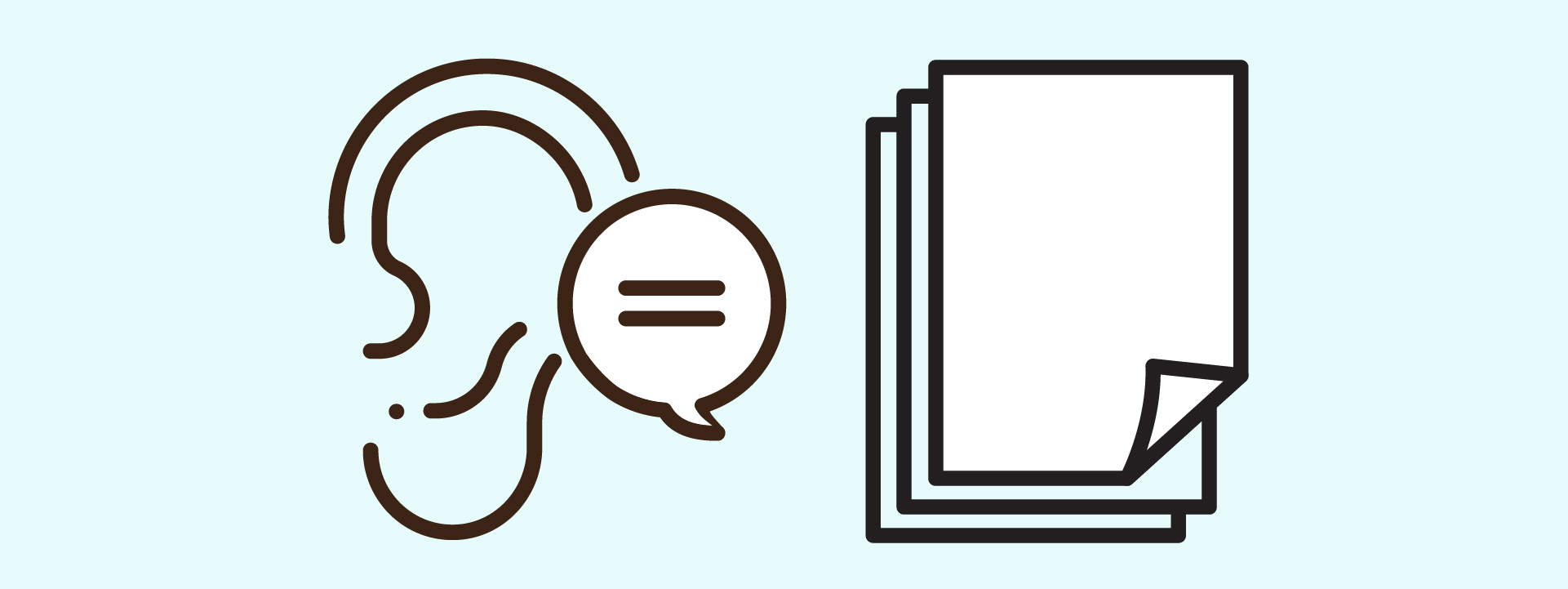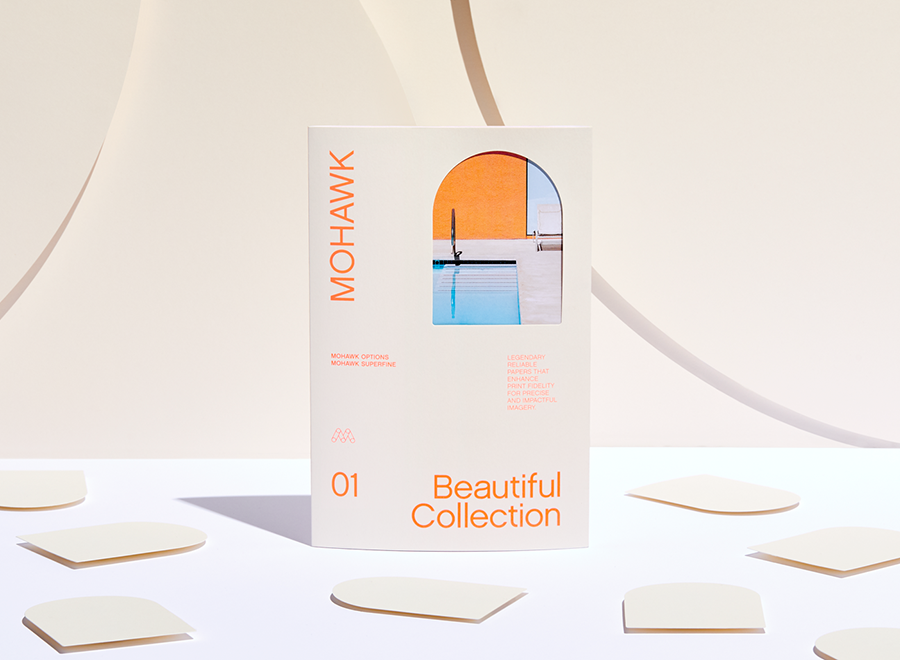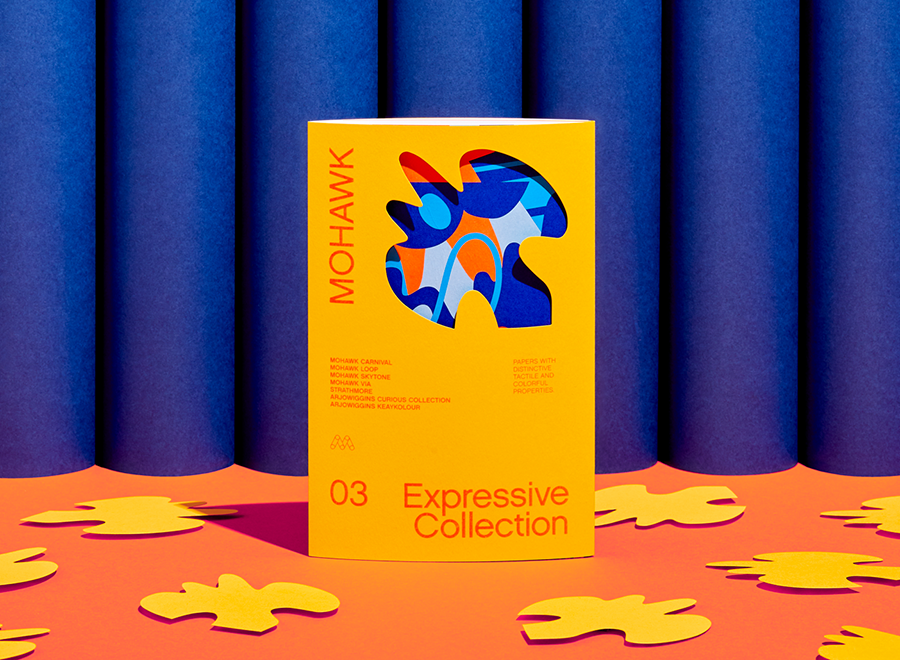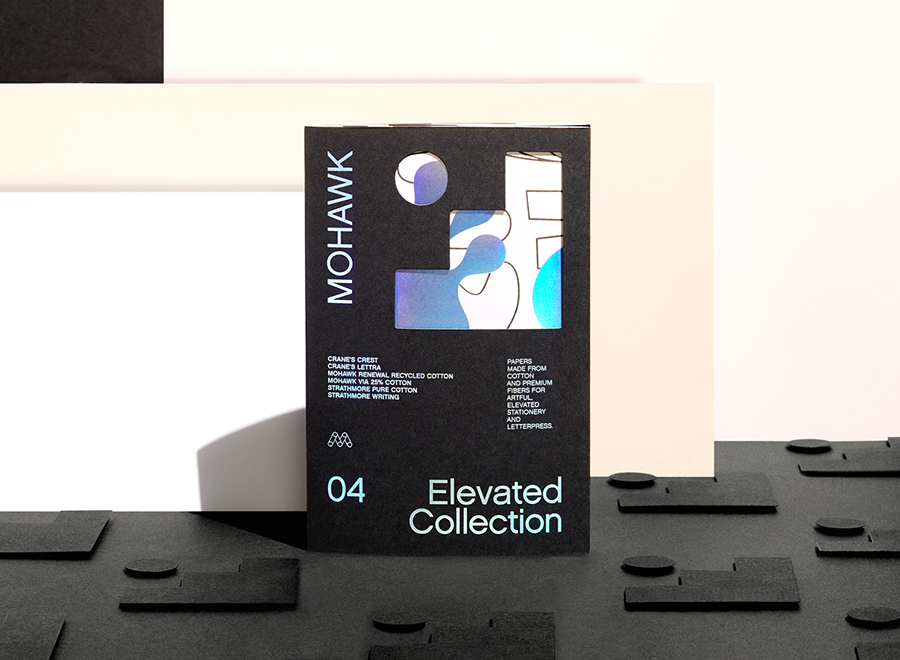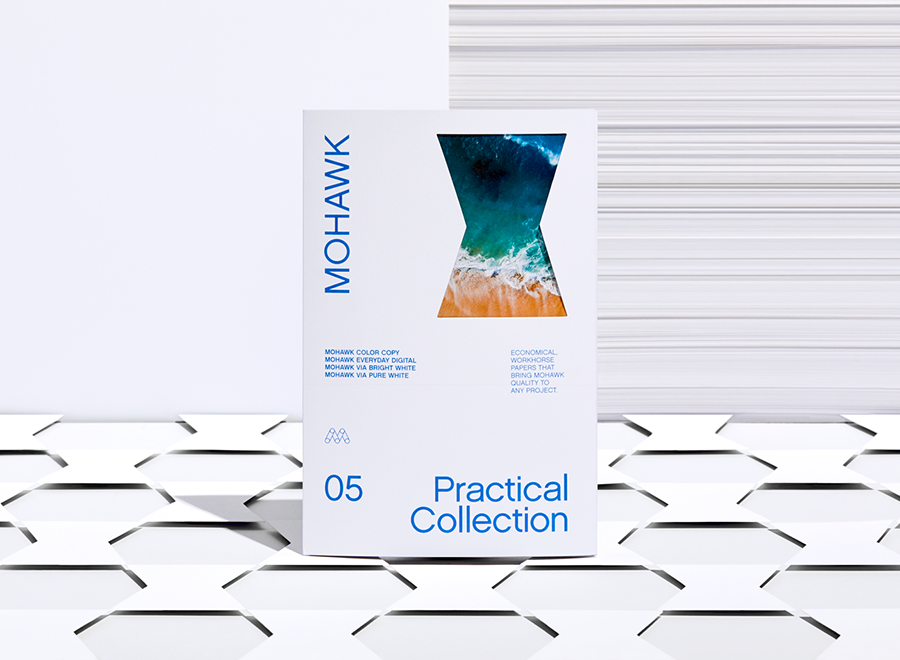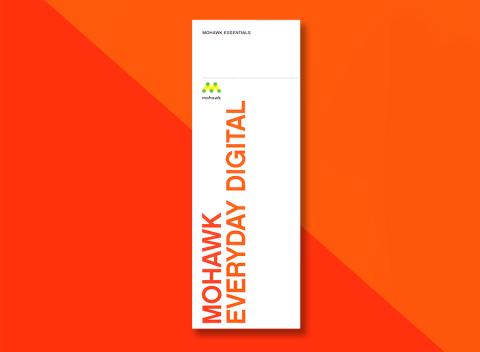Add to that the boom in integrated campaigns, and you’ve got a huge need for materials you can count on and at the same time, make you look good. The right house sheet (and house materials) can save you time, money, and showcase your ability to perform.
It used to be your house sheet was the one you pulled out when a customer didn’t hard spec or had a basement-bottom budget. Now printers are realizing the benefits of selecting house sheets that signal quality and efficiency. “A house sheet reduces multiple minimum orders—that saves money—and makes turnaround faster— and that saves time by having paper on our floor,” remarks Nick Nejad from Colornetpress, who uses Mohawk Everyday Digital (Practical Collection). “Customers do not necessarily ask for our house sheets, but we quote on them and steer our customers toward them with good reasoning.
“House sheets get selected based on meeting our quality and performance standards. Once selected, they equate to quality.”
Expand your definition of a house sheet
Over time, printers have transitioned away from a pure price-point appeal to understanding that a house sheet is really a “go-to” substrate—a substrate that is reliable and consistent, a proven performer…the one where your crew can go right to the settings they’re used to, and know they’re going to get a quality job.
By having go-to substrates you can count on, you can avoid problems like poor ink/toner adhesion, inconsistent feeding, issues in bindery. Plus, what you pick can be used to define and differentiate you. Select an undistinguished sheet, and you’ll be perceived as, well, less than the best.
“Consistency, performance in printing and bindery, adequate brightness and smooth finish.” These are the three things Nick points to as his major criteria for selecting go-to coated and uncoated sheets. Some of these same criteria can be applied to substrates such as synthetics, labels, envelopes, and packaging materials—especially consistency and performance.
How about expanding your notion of a house sheet to include a range of papers, from premium to more economical, and including a range of additional substrates? Instead of a house sheet or two, why not have an entire library of materials?
What you’ll be printing for the next five years
According to InfoTrends’ U.S. Digital Production Printing Application Forecast: 2011–2016, the shift is towards promotional and publishing print, with packaging and consumer print showing rapid growth. Look at the 10 fastest-growing applications to help figure what you will need in your house library:
- Books
- Direct Mail
- TransPromo
- Brochures
- Catalogs
- Magazines
- Newspapers/Newsletters
- Inserts/Coupons
- Posters/Banners/Signage
- Labels
Have the products you’ll need to meet the demand
First, do your homework. “Right when we first invested in digital, we were having a hard time sourcing good stocks that ran well, that had a good feel and touch, and that performed for the end application for our customers—without issues such as adhesion, cracking, etc.” says Dan Thompson of DT Print Solutions. “We really like this product Mohawk Everyday Digital—it’s a bright spot for us to help drive our just-in-time applications.”
Why not go beyond just a workhorse sheet? By expanding your horizons with a selection of go-to house choices, you’ll be ready to “go to it” for your customers at a moment’s notice
